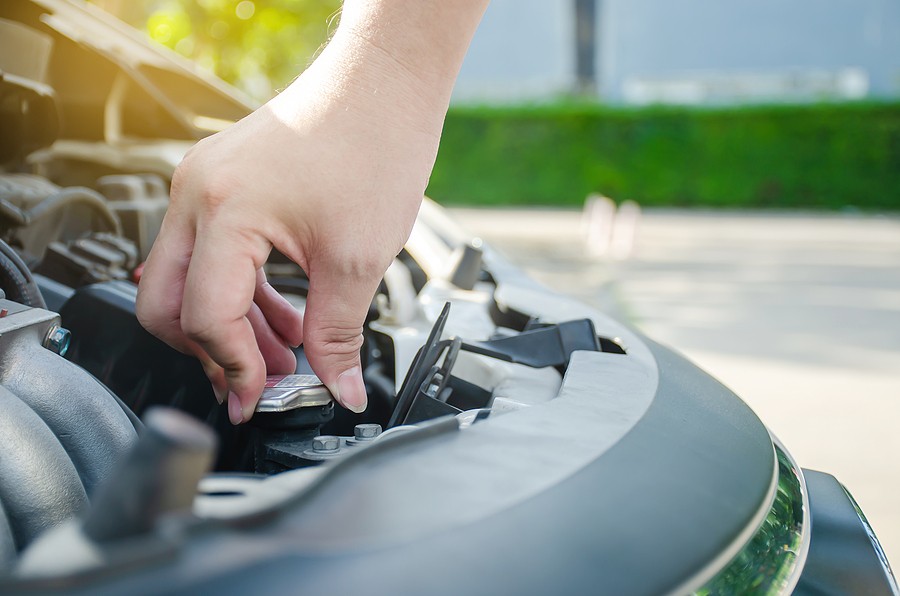If you've ever asked yourself, “does engine coolant go bad?” The short answer is yes. According to most automotive experts, you need to replace the coolant once every 30,000 miles unless you notice other symptoms requiring you to flush your coolant earlier.
Your engine coolant is one of the most important fluids that you have to take care of all the time. You must have the proper amount of coolant in your vehicle's reservoir to prevent overheating problems that could damage the entire engine and probably affect the entire vehicle.
Maintaining the coolant level is not the only important aspect to keep in mind when taking care of your vehicle’s coolant. For example, many drivers ask the very common question: “do engine coolants go bad?”
This article will help you answer this question by providing you with some background details about all you need to know to determine whether the engine coolant goes bad or not.
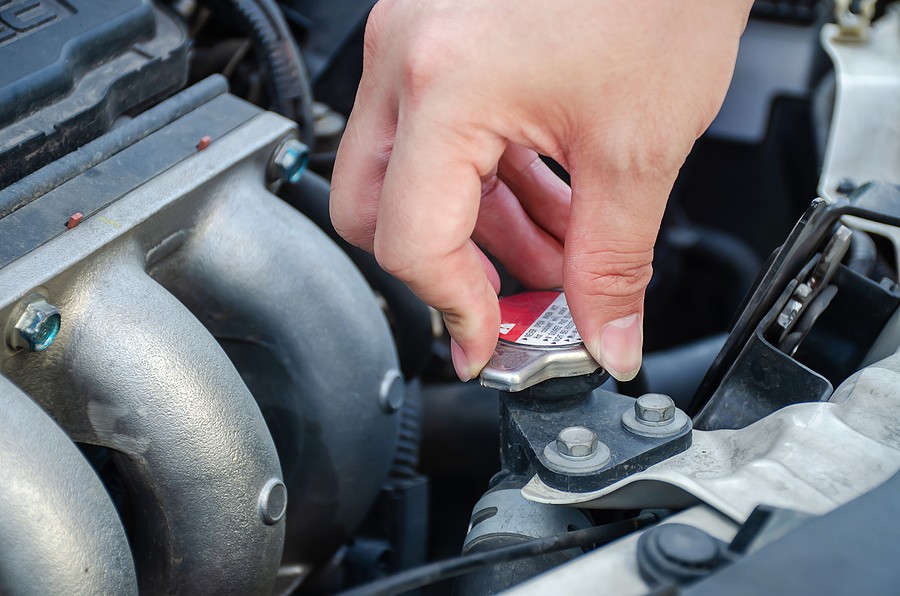
What is the engine coolant, and what is it doing?
Before we dig deeper into the question, “does engine coolant go bad?” Let's first step back and get a general understanding of the engine coolant, its role, and its combination.
The engine coolant is responsible for maintaining the engines' pressure within an optimum level. However, as the engine runs, it generates a lot of temperatures, and this temperature might get to a point where the engine cannot work properly, and that's when you'll deal with what's known as engine overheating.
Engine overheating is a severe problem, and without the coolant, you will deal with significant issues in a very short time. Thanks to the coolant for running around the engine and bringing its temperature down to the optimum level!
So, what's the engine coolant made of?
Engine coolant is a combination of both water and antifreeze. Often, you might hear that is referred to as anti-freeze, but that's not the case. Cure it anti-freeze represents 50% of the engine coolant, but the remaining 50% is typically distilled water.
Combining both anti-freeze and water is to maintain the maximum benefits from the engine coolant. In other words, if you only use water to bring vengeance emperor down, this water can freeze very fast when the temperature approaches 0, and it also can evaporate as the temperature approaches the boiling point.
Manufacturers and companies came up with antifreeze to lower the water temperature way below the freezing point and increase its boiling temperature wave above the boiling point.
Coolants might come in different types to accommodate certain situations. For example, specific coolants are made for the winter season where manufacturers and companies add certain additives to enhance the coolant performance, especially during the winter season. Similarly, there are some specific types of coolants designed for the summer season and many others designed for all seasons, so you don't have to worry about changing the coolant every season.
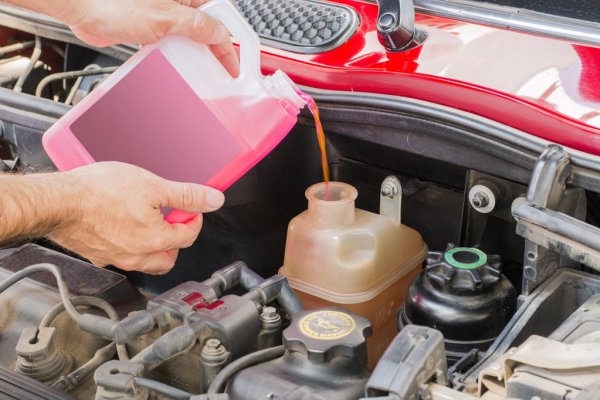
Does engine coolant go bad?
While many drivers understand that you must keep the optimum coolant level over time to prevent overheating, many do not fully grasp that coolant does go bad. Sometimes, the coolant breaks down and loses the important characteristics that help it bring the engine temperature down.
Therefore, you'll have to refer to your vehicles. Owners manual and get an idea about when to expect that coolant to return. Your manual should tell you when you should perform a coolant flush. The coolant flush refers to the process where you remove and drain all the current coolant and replace it with a fresh one.
How often should I change the engine coolant?
According to automotive experts, you need to change the engine's coolant once every 30,000 miles. After that, however, you'll need to refer to the manual to get a better and more accurate number before dealing with significant issues in your car.
For example, if the manual mentions that you have to flush the coolant before 30,000 miles, you have to do so to prevent engine overheating and other catastrophic outcomes that might cost you to lose the entire engine.
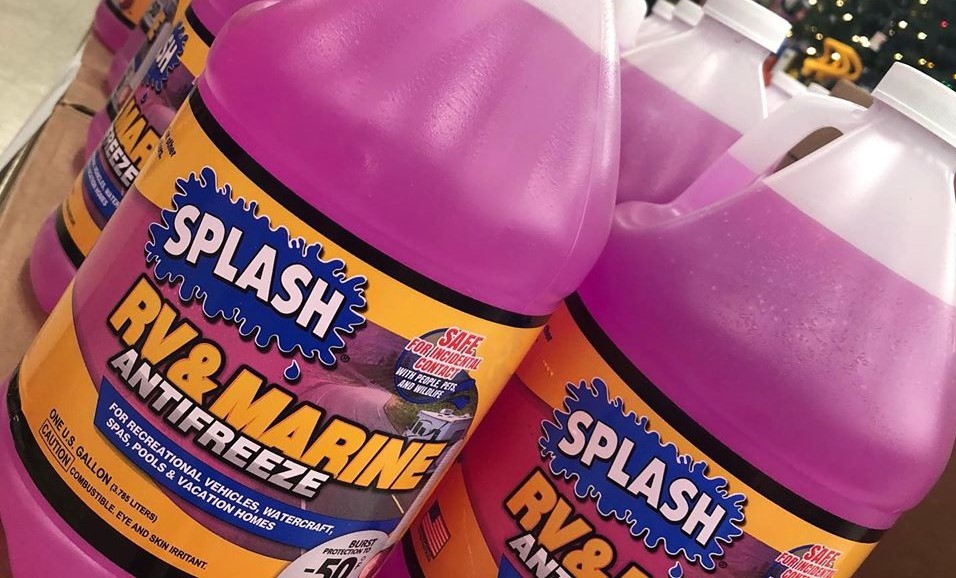
Symptoms your vehicle is due for a coolant flush
Since sometimes the 30,000 miles threshold might not be applicable for every driver, you must familiarize yourself with some of the symptoms that indicate that your vehicle is due for a coolant flush.
Luckily, these symptoms are known, and automotive experts put them together in a list summarized below to help you be proactive about the issue and detect the problem before it gets more complicated. It is critical that whenever you notice any of the following symptoms, you take your vehicle to the nearest repair shop and have your mechanic flush it out and replace it with a fresh one immediately.
1. High-temperature gauge reading
One of the most common and obvious symptoms indicating that your vehicle is due for a colon flush is when the temperature gauge reads a very high number. This gauge on the dashboard is responsible for communicating with you and telling you about the current engine temperature.
The temperature gauge might read very high due to various other reasons, not only those related to a need for a coolant flush. For example, if there is a coolant leak because of any external or internal issue, this gauge might pick up engine overheating issues and read very high. Therefore, your mechanic needs to fix that instead of performing a coolant flush.
It is critical to know that anything that has to do with a high-temperature gauge reading is very serious. Whether this issue is related to a need for a coolant flush or anything else, you must take it seriously and consult your mechanic immediately to prevent sudden breakdowns that could cost you thousands of dollars on repair.
2. Coolant leaks
The other thing you might notice when your vehicle is flush is a coolant leak. Again, that's a common cause. Think about it this way: when the coolant is very dirty and breaks down, it will cause additional pressure on the pipes and the pathways. As this pressure increases due to contaminants and other debris, it causes small breaks in the weak seals; when coolant can escape and drip underneath, it may help.
The coolant leak might be minor, and, in some instances, you might not even notice it because it evaporates immediately after it escapes the pipes. However, if at any point you realize that there is a puddle of fluid underneath the car and it smells a little bit sweet, this is a serious situation indicating that you're dealing with a coolant leak. You must consult the mechanic and resolve the issue as soon as possible.
Note that sometimes coolant leaks might not allow you to drive your car even for a single inch, and therefore, you must ask your mechanic if you can drive the car or whether you should tell it to the nearest station or not.
3. Dirt and rust on the coolant
If you have the right mechanical skill sets o take a look at the colons, you might get some hints about whether you're due for coolant flush or not. For example, if you look at the coolant and realize that there are some flicks or bits of rust within the coolant, it indicates that this coolant is dirty, and it might not be capable of dropping the engine temperature as it should.
Typically, seeing these flex and bits of rust is a clear sign that your dual for a coolant flush, and ignoring these signs might lead to many issues that you're not ready for.
4. Weird odors
As a rule of thumb, automotive experts always say that you should never ignore anything weird coming from your vehicle. Whether these things are good or bad, in other words, if you start smelling something off as you get in the car, you should ask yourself and be serious and curious about what's going on.
For instance, one of the very common indications that your vehicle 24: flush is when you notice a Maple syrup smell. This is a clear sign that your colon is not doing what it should, or there is some cool in scaping the right locations to some other areas.
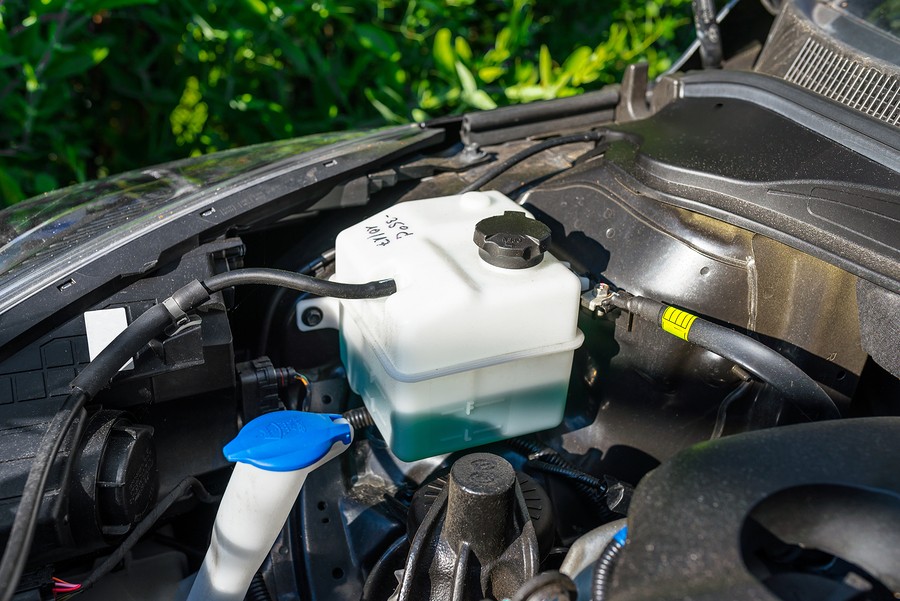
How much does a coolant flush cost?
Coolant flush costs vary significantly depending on a lot of factors. However, expect to pay $71.00 and $115 for the coolant flush. Keep in mind that this price range might not be accurate if you don't have full details about your vehicle side, the location where you get the job, and other factors.
Therefore, if you're looking for an accurate estimation of how much to expect for paying for a coolant flush, you'd better consult your mechanic directly and get multiple quotes from different locations before making a final decision.
Even if the coolant flush is a simple job, you should consider labor costs. For example, if you decide to go to a small independent shop, labor costs will be much lower than going to a dealership where things are much higher.
If you decide to change your coolant, then you don't have to worry about the labor cost thoughts; any other motive experts still recommend that if you don't have the right mechanical skill sets, you should leave it to professionals and have the job done at a professional location even if it will cost you extra on labor costs.
This is because many of the DIYs do not work the first time. In addition, since you're dealing with a sensitive component related to the engine, there is a very high chance that you might cause mistakes, leading to other issues that could cost you a lot of money and more money than what you'll pay for performing a coolant flush at a professional location.
Can I continue driving my car if it's due for a coolant flush?
Never recommend it. As we mentioned before, there are many things and consequences you're going to deal with when ignoring the coolant flush. Unfortunately, many of these things are very severe and can cost you the entire engine. Therefore, it is never a good idea to ignore or delay the colon flush for any reason.
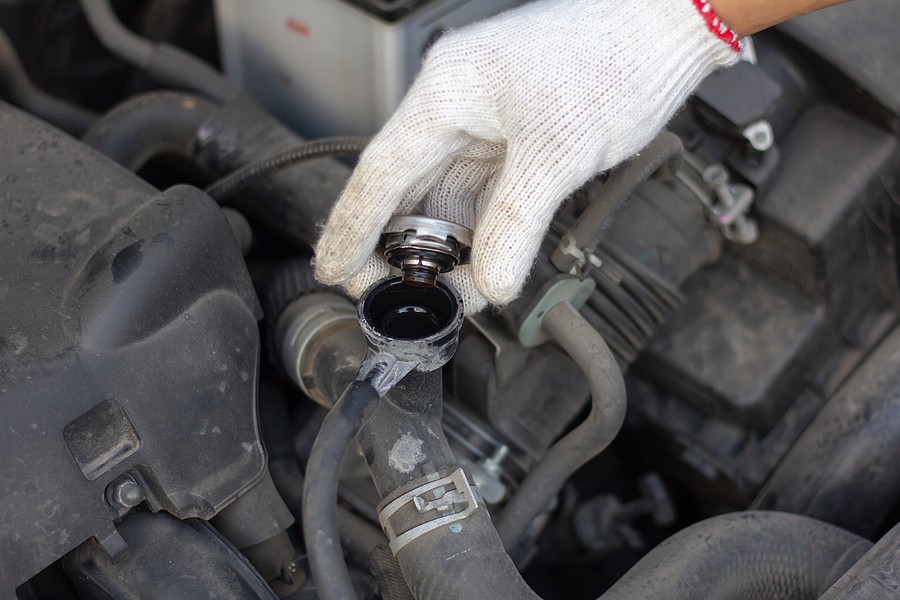
Final thoughts
Your vehicle coolant is a critical fluid, and you don't only need to maintain its level, but also you'll have to replace it whenever it goes bad. So one of the very common questions that many of our readers ask us is, “does coolant go bad?”
In this article, we highlighted to you all you need to know about whether: it goes bad or not. As we mentioned, the coolant goes bad at some point, and most automotive experts recommend flushing out the coolant once every 30,000 miles. However, you should keep an eye on the symptoms we summarized in this article to help you get initial and early science about the need for replacing the coolant before dealing with catastrophic outcomes.
If you got to the point where your vehicle broke down because of issues, it's never the end of the world, and you can always sell your car. It’s hard to find a potential private buyer to pick up your car considering the coolant problem, but you'll always find an option if you reach out to a cash car buyer!
Cash Cars Buyer is one of the top-rated car removal companies in the nation that guarantees to pay you the top dollars and provide you with free towing despite your living location around the United States.
Our process is very straightforward and doesn't take more than a couple of days to get your car removed safely and for the most money.
All it takes you is to:
- Describe your car’s type and condition
- Receive our instant free quote
- Accept the quote
- Get your car removed and receive your cash payment on the spot!
To learn more about our process and our teen, you can reach out to us by calling us at (773) 791-4363 or visiting our home page click on the free instant online offer.

